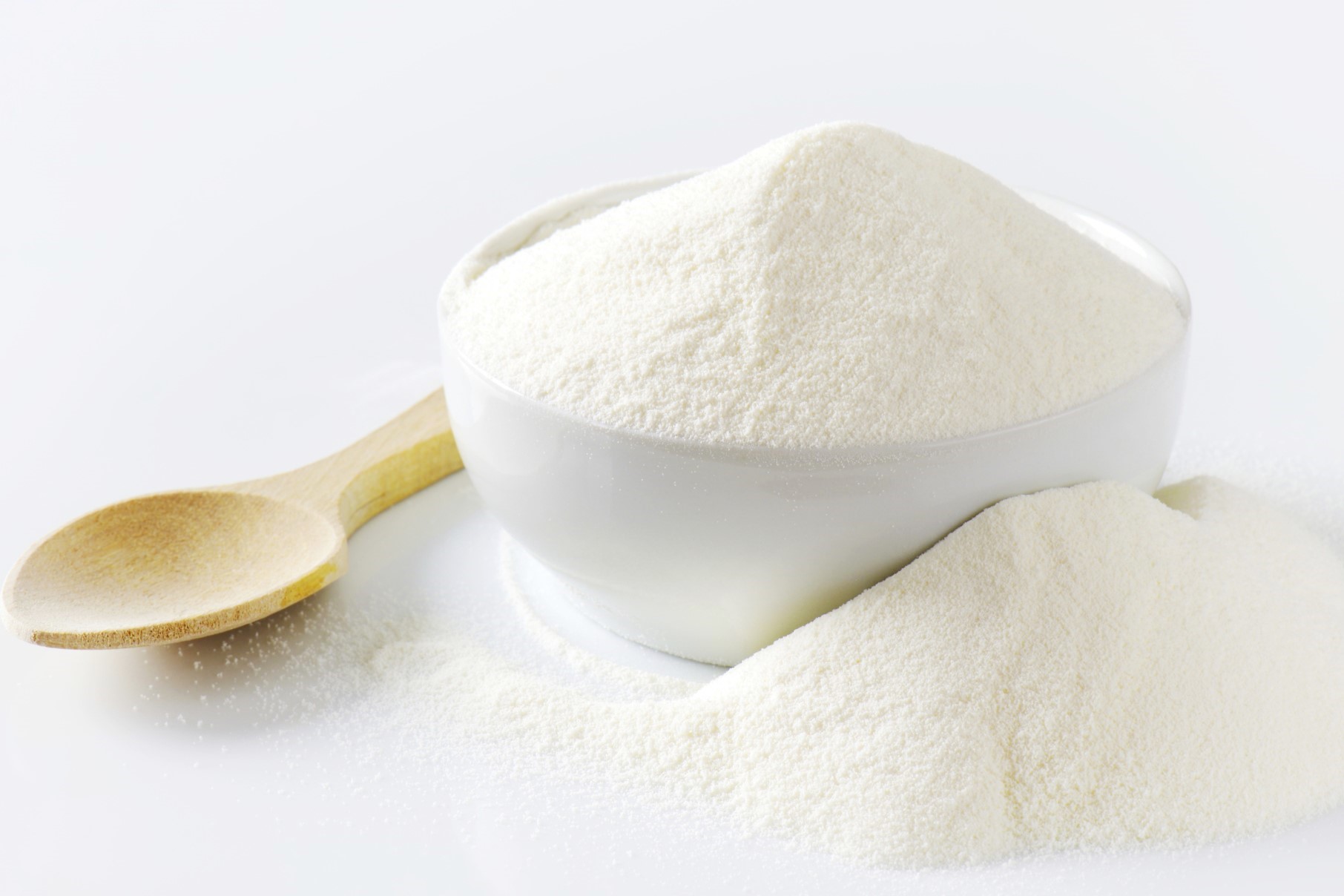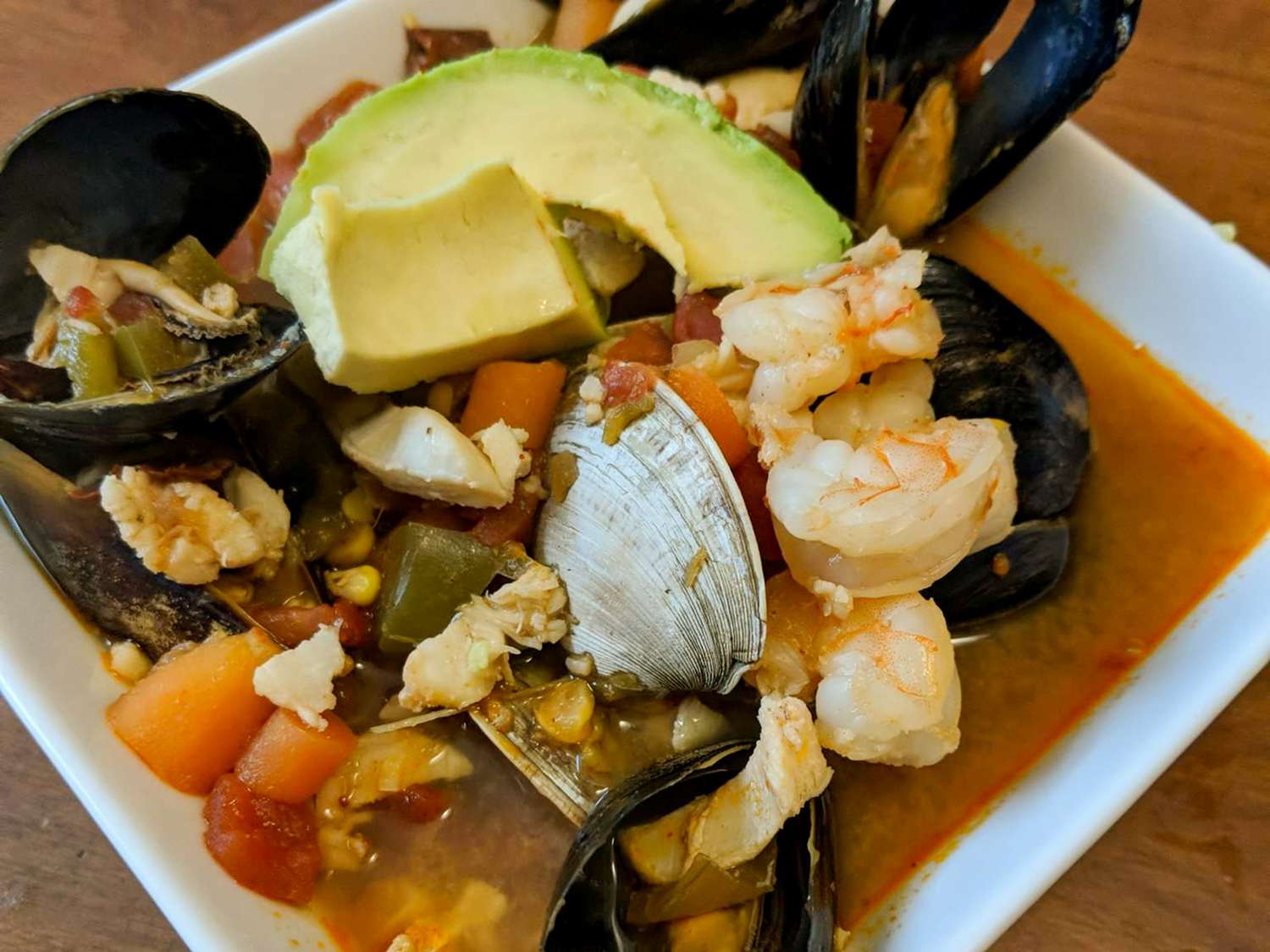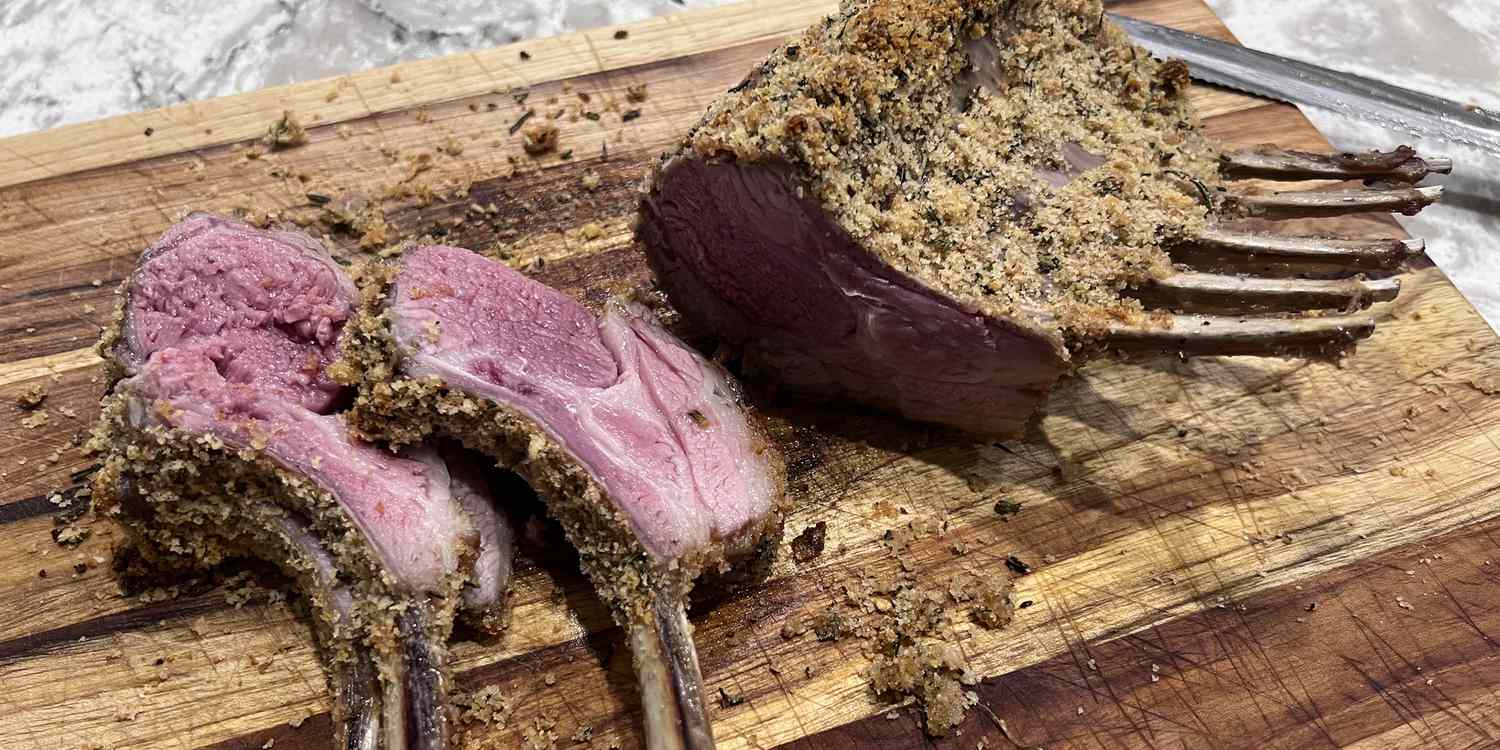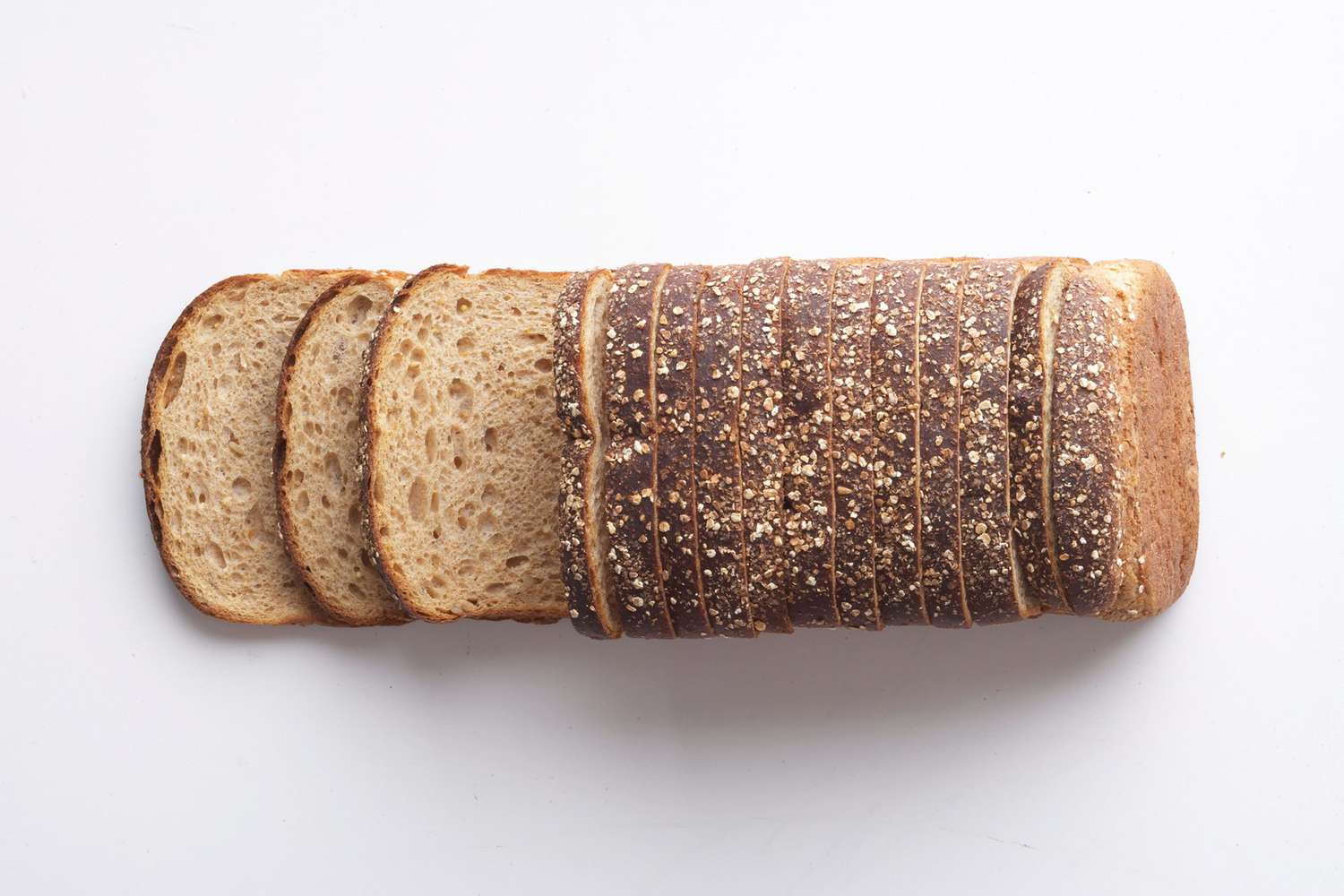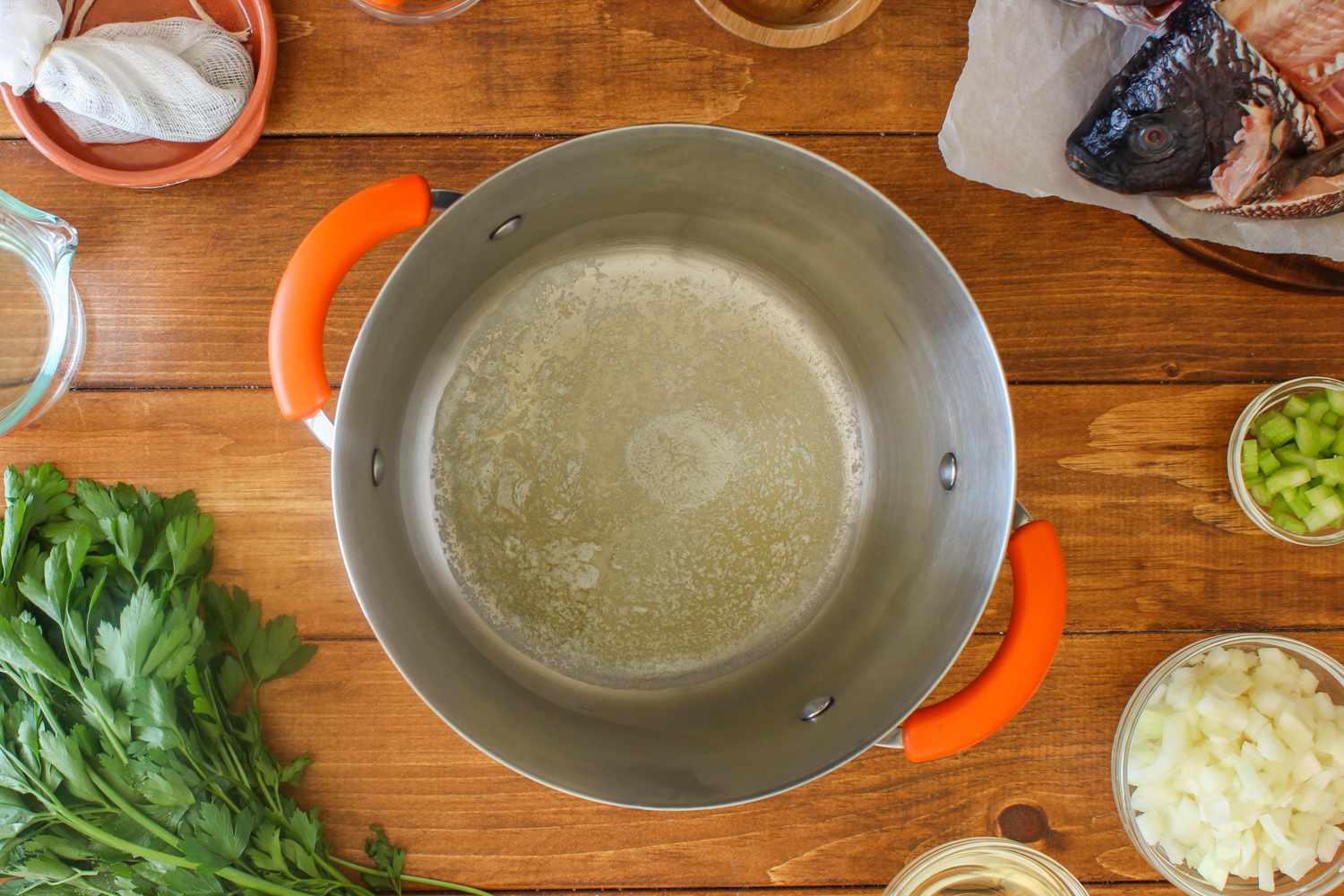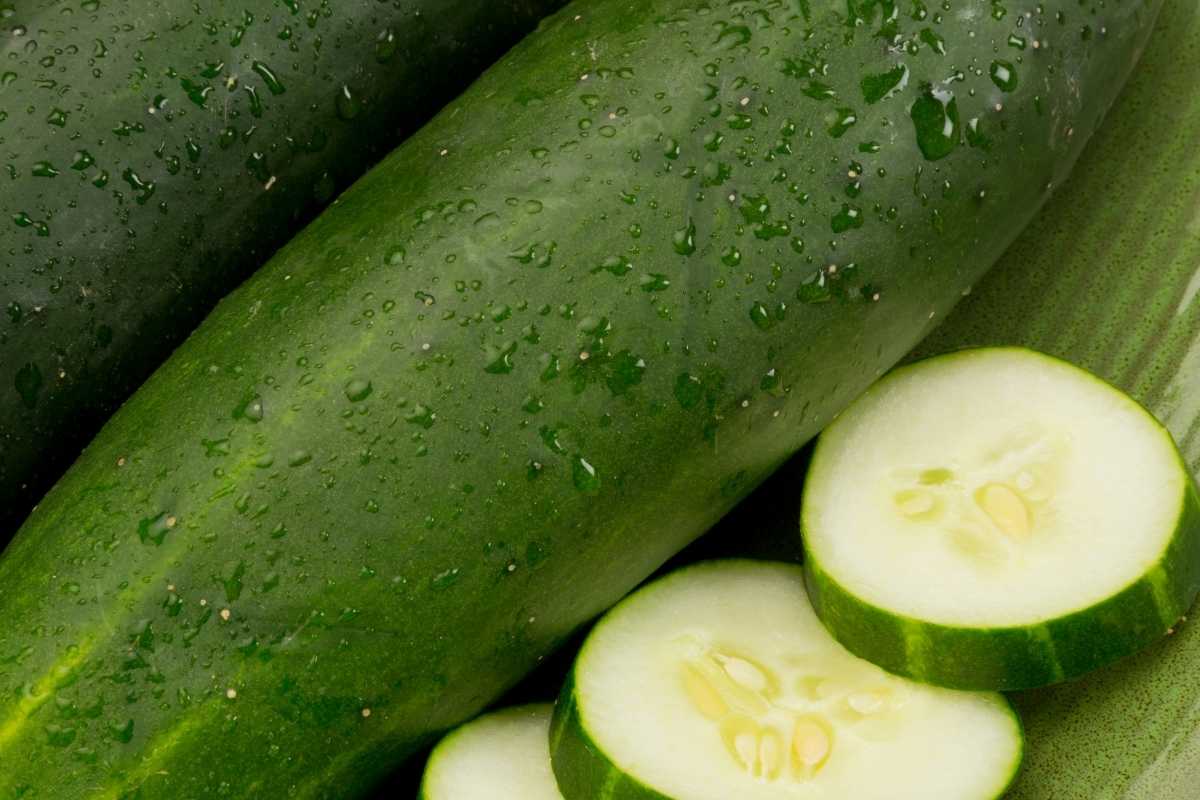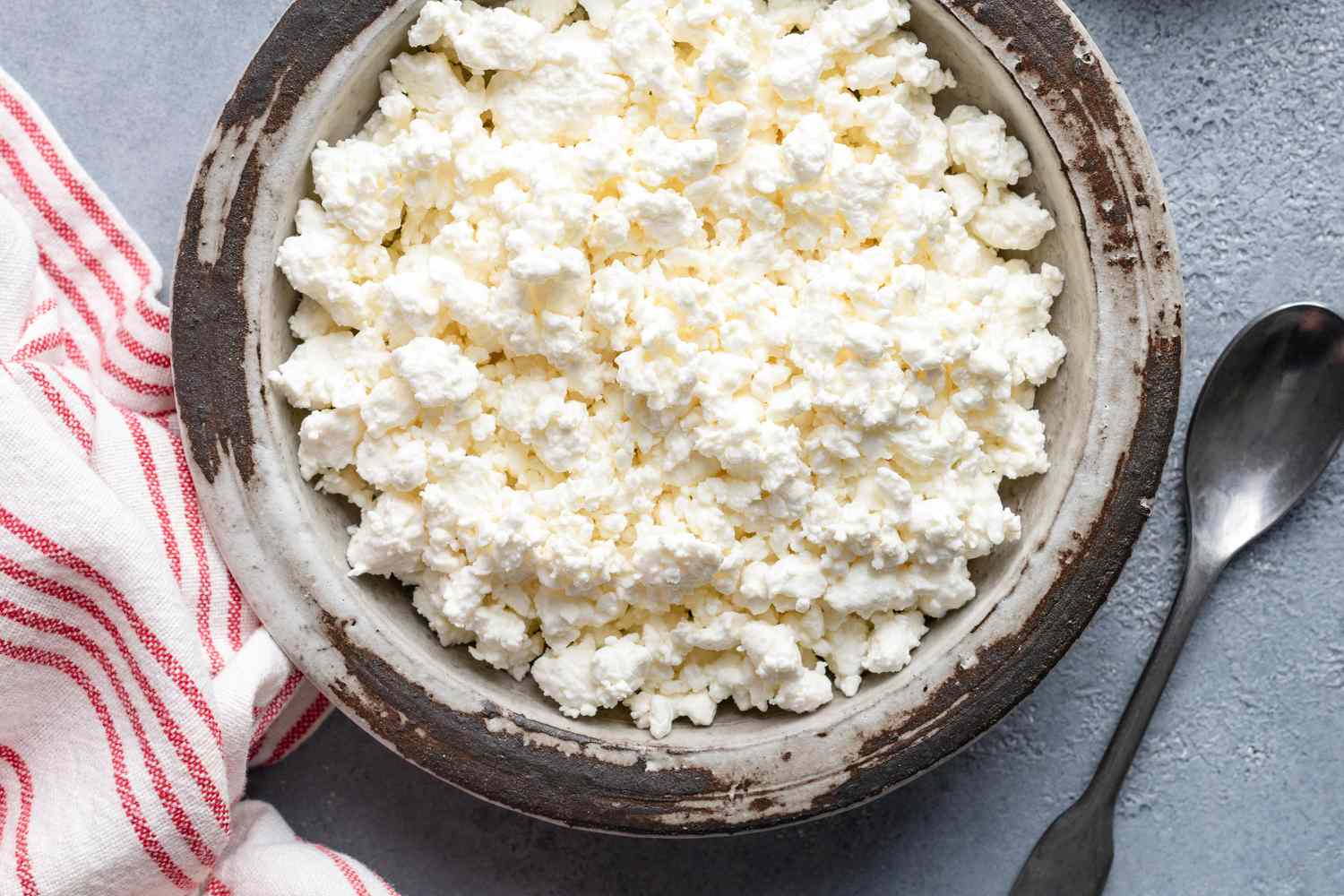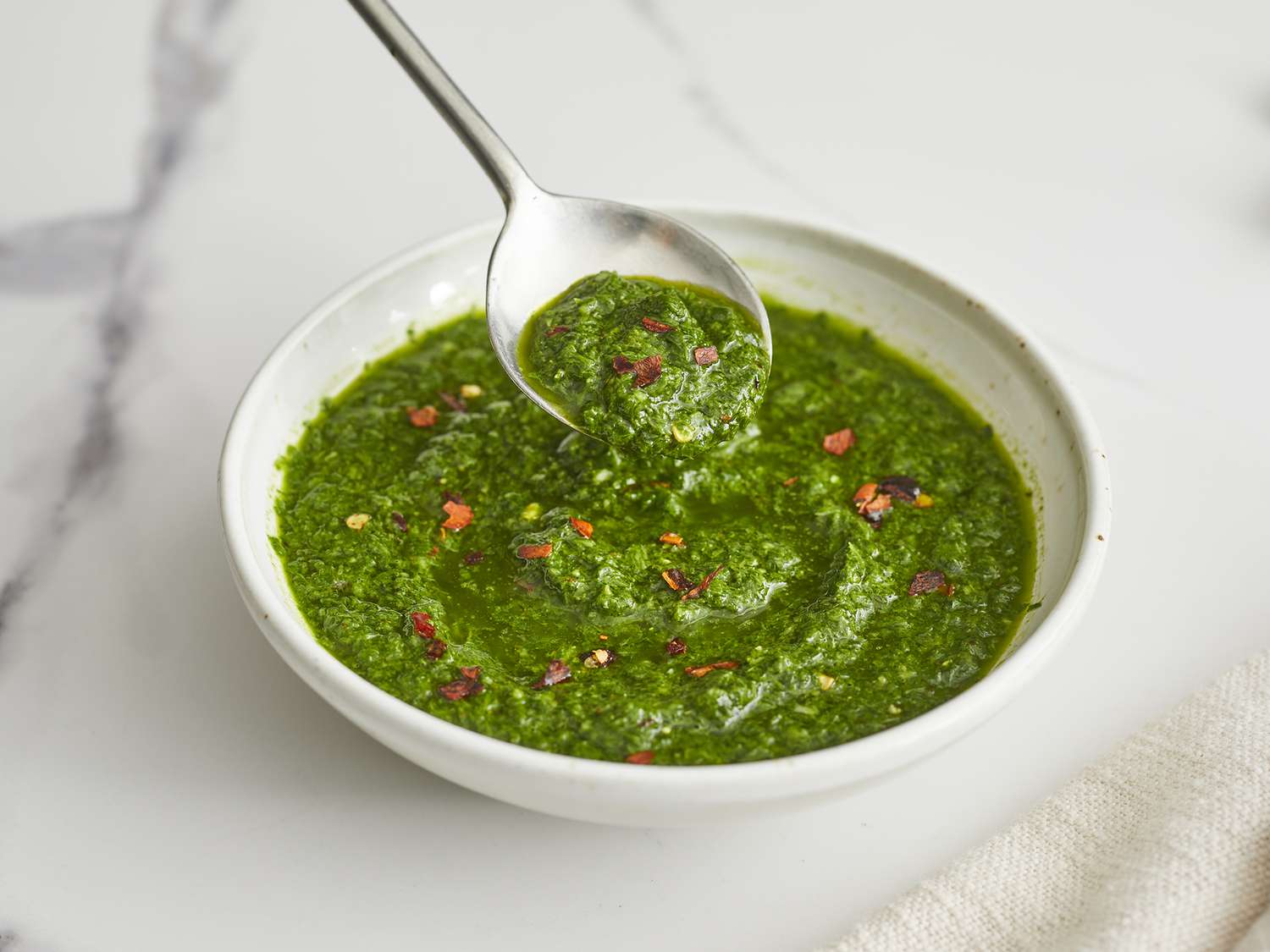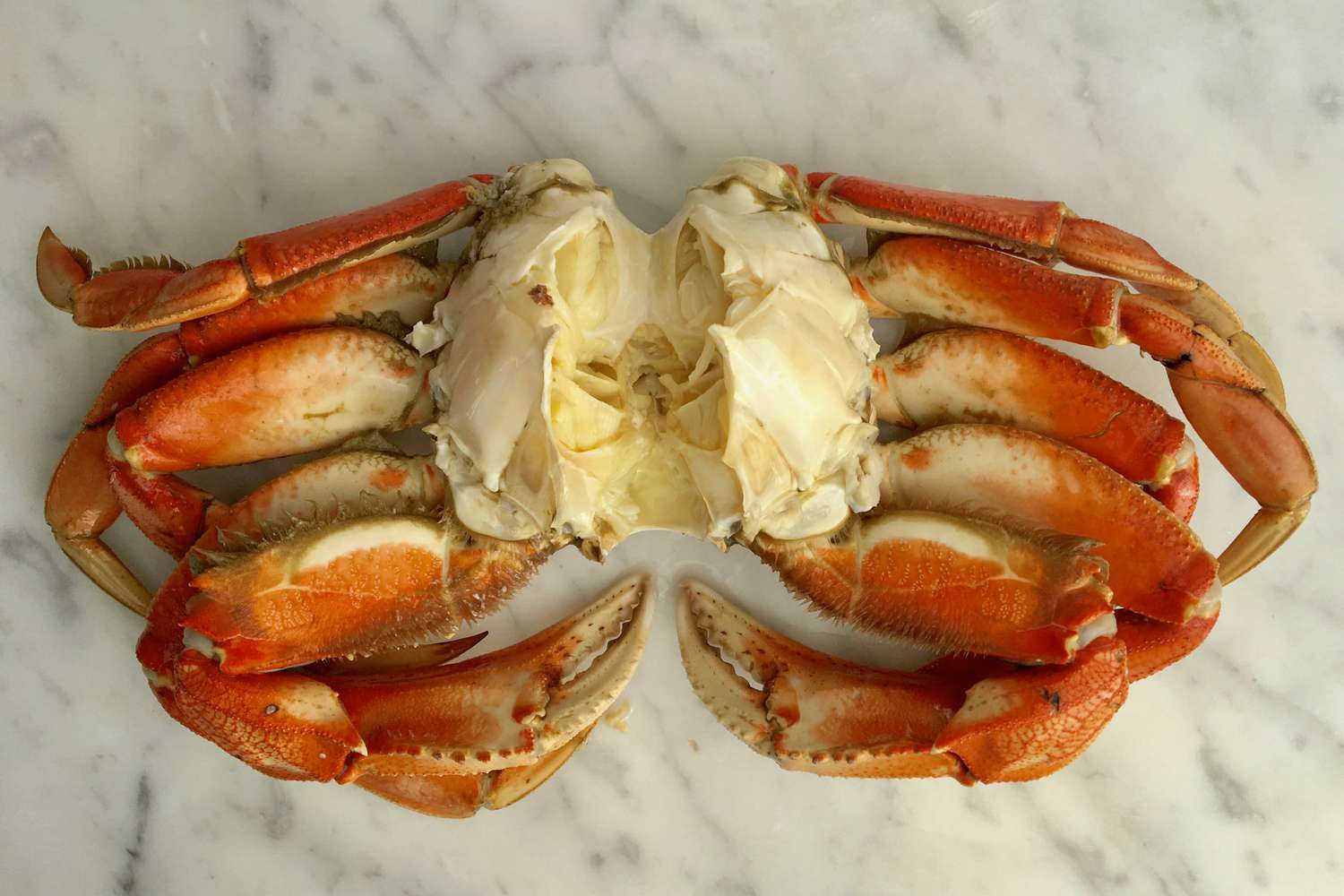Discovering the Cucamelon: A Tiny Fruit with Big Flavor
Have you ever heard of a cucamelon? This tiny fruit may be small in size, but it packs a big punch when it comes to flavor and versatility. Let’s delve into the world of cucamelons and explore what makes them so unique and delicious.
What Exactly Is a Cucamelon?
A cucamelon, also known as a Mexican sour gherkin or mouse melon, is a miniature fruit that looks like a tiny watermelon but tastes like a tangy cucumber with a hint of lime. Despite its small size, the cucamelon is bursting with flavor, making it a popular choice for adding a zesty kick to various dishes.
Characteristics of Cucamelons
Here are some key characteristics of cucamelons:
- Size: Cucamelons are typically the size of a grape or cherry tomato, making them perfect for snacking or adding to salads.
- Flavor: These tiny fruits have a refreshing, tangy flavor that is often compared to a combination of cucumber and lime.
- Texture: The texture of a cucamelon is crisp and crunchy, similar to a cucumber.
- Appearance: Cucamelons resemble miniature watermelons, complete with tiny stripes and a watermelon-like pattern on the skin.
How to Enjoy Cucamelons
There are numerous ways to enjoy the unique flavor of cucamelons. Here are some ideas to get you started:
- Snacking: Simply wash the cucamelons and enjoy them as a refreshing snack on their own.
- Salads: Add sliced cucamelons to your favorite salads for a burst of tangy flavor and a pop of color.
- Pickling: Cucamelons can be pickled to create tangy, crunchy pickles that make a delicious addition to sandwiches and charcuterie boards.
- Salsas and Relishes: Incorporate cucamelons into salsas and relishes for a unique twist on traditional condiments.
- Cocktails: Use cucamelons as a fun and flavorful garnish for cocktails and mocktails.
Health Benefits of Cucamelons
In addition to their delightful flavor, cucamelons offer a range of health benefits. These tiny fruits are low in calories and high in nutrients, including vitamin C, fiber, and antioxidants. They also contain small amounts of minerals like potassium and magnesium, making them a nutritious addition to your diet.
Where to Find Cucamelons
Cucamelons can be found at specialty grocery stores, farmers’ markets, and online retailers. If you’re feeling adventurous, you can even try growing them in your own garden. Cucamelon plants are relatively easy to cultivate and can thrive in containers or garden beds, making them a fun and rewarding addition to any garden.
In Conclusion
Whether you’re a food enthusiast looking to expand your culinary horizons or simply curious about unique fruits, cucamelons are definitely worth exploring. With their vibrant flavor, versatility, and health benefits, these tiny fruits have earned their place in the spotlight. So, why not give cucamelons a try and add a touch of zesty excitement to your next meal?
